AFTER the knife attack on actor Saif Ali Khan in his apartment in the early hours of last Thursday (16) in Mumbai, many people commented: “If celebrities can’t be safe, what about ordinary folk?”
They missed the irony of the remark. Bollywood stars, in particular, are meant to be like god, leading lives beyond the dreams of avarice.
A new president has taken over in America and a ceasefire agreed in the Israel-Gaza war, but for the Indian media, Saif was the only story they were interested in. Naturally, since the victim is a Bollywood star, and is married to another, Kareena Kapoor, there are many conspiracy theories.
I saw something of Saif in 2012. We even vaguely discussed collaborating on a documentary about his father, the late Nawab of Pataudi, Mansur Ali Khan (“Tiger”), once India’s cricket captain.
The late cricket correspondent, Dickie Rutnagur, used to tell an anecdote about how there was a knock on his hotel door while he was covering a Test match in India in the 1960s.
“Tiger was there, and wanted to introduce me to (his then secret girlfriend) Sharmila Tagore,” said Rutnagur.
Sharmila has been a star ever since Satyajit Ray picked her to play Aparna in Apur Sansar in 1959, the third part of his famous trilogy.
Later, Pataudi and Sharmila admitted to me that their friends and family had initially encouraged them to break off their relationship.
“‘He’s Muslim, they take many bibis [wives], you know,’” Sharmila recalled with a laugh.
And Pataudi said, “I was warned she was an actress and likely to be rather ‘flighty’.”
The couple married in 1968. Their 43-year marriage until Pataudi died in 2011 proved to be very happy. They had three children, Saif (born 1970), Saba (1976) and Soha (1978).

Saif has two children, Sara (1995) and Ibrahim (2001) from his first wife, Amrita Singh, to whom he was married from 1991 to 2004. He married Kareena in 2012.
Sangeeta Datta wrote about their wedding for Eastern Eye: “Kareena looked radiant in a pink and gold Manish Malhotra gharara, undoubtedly the best outfit from her wedding wardrobe. Saif was in his element, looking the perfect Nawab in a rich, black sherwani by Raghavendra Rathod.
“When I asked Saif about all the razzmatazz, he answered with characteristic wit, ‘There hasn’t been much razzmatazz really, but today I am in my mother’s hands.’
“The hostess of the evening, Sharmila, looked every inch the matriarch of Pataudi, resplendent in a gold saree with a heavy navratan necklace.
“The Dawat-e-Walima (post-marital feast given by the bridegroom) was in every sense an old-world experience, a reminder of an aristocratic culture fast disappearing from public memory.”
Saif and Kareena now have two sons – Taimur (2016) and Jeh (2021).
In 2012 and in 2013, the Indian Journalists’ Association (IJA) held a couple of glittering functions in London to launch Pataudi: Nawab of Cricket.
Sharmila wrote in the book: “I had loved Tiger for 47 years, was married to him for almost 43. It was a memorable partnership; certainly an enriching one for me.”
She also looked back at the storm that broke over her appearance in 1967 in the Shakti Samantidirected film An Evening in Paris, which starred Shammi Kapoor as the hero and herself as the heroine. “I remember there was a furore when my photograph in a bikini was carried on the cover of Filmfare,” she revealed. “It was still early days in our relationship. He was playing at Hove for Sussex, and I was shooting for An Evening in Paris in Europe.”
Far from being angry or embarrassed, Pataudi laughed off the episode. “He sent me a telegram that read: ‘Relax! You could only be looking very nice.’ Simply that. His quiet support gave me strength and calmed me down.”
The IJA’s first function was at the St James Court Hotel, the second at Lord’s cricket ground. Sharmila attended both functions with her daughters. Saif attended the first with Kareena.
I also saw Sharmila, Saif and Kareena at Winchester College, where Pataudi’s batting record stands to this day. Saif was also a pupil at the school and regrets that unlike many other students, he didn’t make more of an effort and go on to Oxbridge. Later on, Winchester also produced Rishi Sunak, who was head boy at the school.
This is the background against which the attack on Saif, which recalls the one in America on Sir Salman Rushdie in 2022, should be seen. Like Rushdie, Saif is lucky to be alive.
In Mumbai, because land is so scarce for a population of 23 million, even the very rich cannot have detached homes, but have to live in apartments.

Saif and Kareena live with their two young sons at the top of the 12-storey complex called Satguru Sharan in Bandra West, an elegant residential part of Mumbai. At around 2am-2.30am last Thursday, he was repeatedly stabbed by an intruder who had broken into the bedroom where Jeh was sleeping along with his nanny, Eliyama Philip, and demanded a large sum of money.
Bizarrely, there wasn’t an ambulance or even a car available to take him to the Lilavati Hospital. A blood-soaked Saif made the journey by auto-rickshaw, accompanied, it seems, by Jeh, and his elder son, Ibrahim.
In hospital, surgeons removed the bit of the knife which had come close to severing his spinal cord. It’s extraordinary that doctors provided an image of the snapped blade to the media.
Niraj Uttamani, the chief operating officer at Lilavati, said: “We removed a 2.5-inch piece of knife from the spine. Fortunately, the injuries, while deep, were managed very well by our medical team. He is in the ICU, but is recovering steadily. We anticipate shifting him to the general ward in a day or two.”
Nitin Dange, the neurosurgeon who operated on Saif, said it had been a “delicate operation” to remove the blade lodged in the middle section of his spine. “We successfully removed the foreign object and repaired the spinal damage to prevent further complications.”
Later, Dange added: “We made him walk, and he walked well. Looking at his parameters, his wounds and all the other injuries, he is safe to be shifted out of the ICU. He has to take several precautions. He has to take rest and his movement has been restricted for a week.”
These reports appear over-optimistic. Who was Saif’s assailant? How did he get into the building, how did he manage to escape and what was his motive?
There has been such feverish speculation that Kareena appealed for restraint in media reporting: “It has been an incredibly challenging day for our family, and we are still trying to process the events that have unfolded. As we navigate this difficult time, I respectfully and humbly request that the media and paparazzi refrain from the relentless speculation and coverage.

“While we appreciate the concern and support, the constant scrutiny and attention are not only overwhelming but also pose a significant risk to our safety. I kindly request that you respect our boundaries and give us the space we need to heal and cope as a family.”
According to one report, police have arrested a Bangladeshi national, Mohammad Shariful Islam Shehzad who had allegedly entered India illegally and changed his name to Bijoy Das.
The feature about Indian society is that it is completely open – and that is unlikely to change. It also explains why 10 young terrorists from Pakistan were able to slaughter 175 people and injure more than 300 during the Mumbai massacre in November 2008.
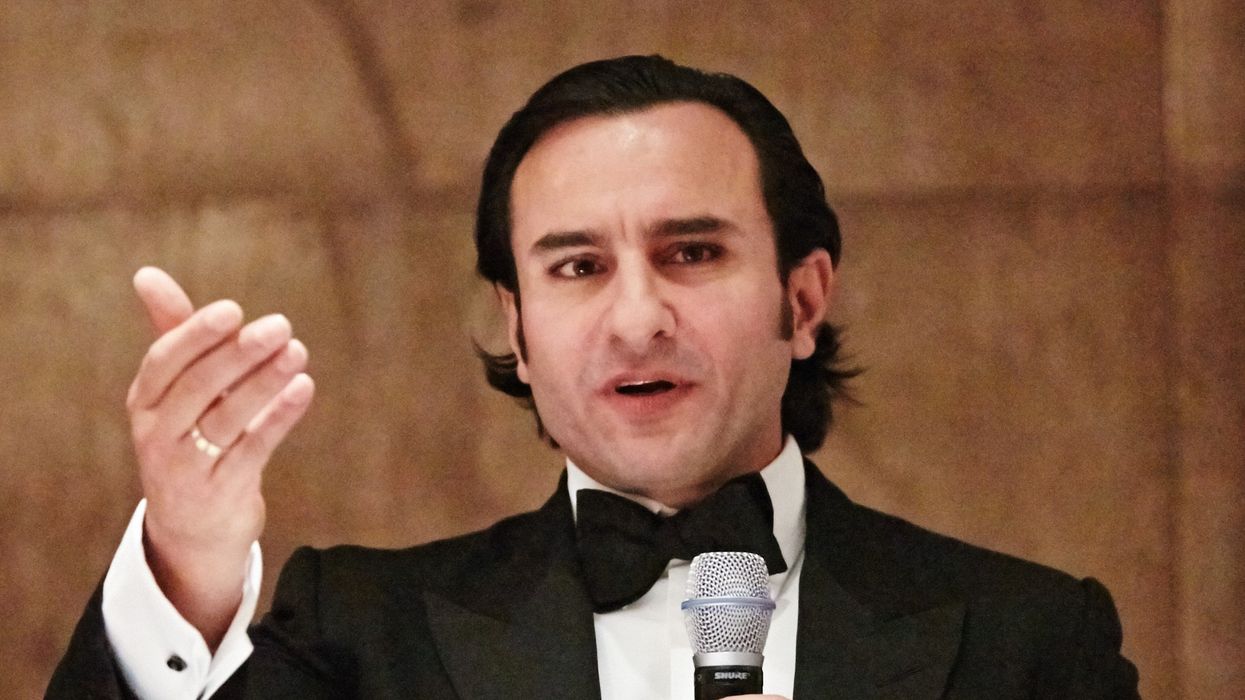
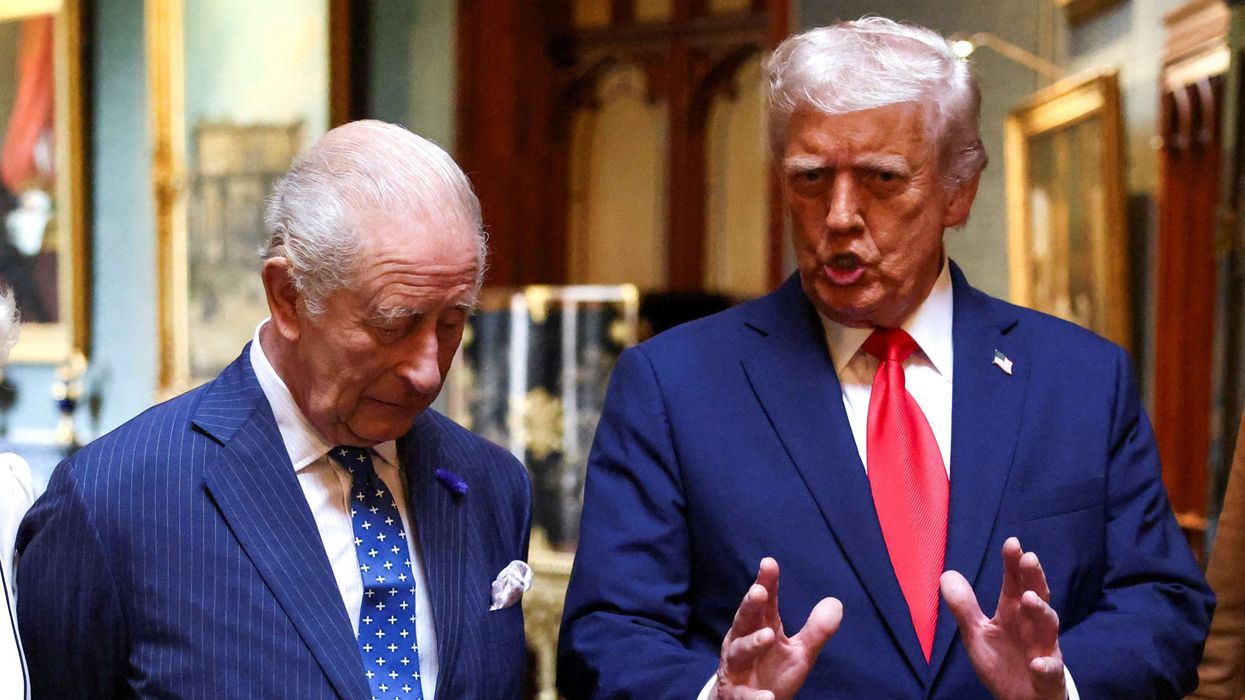
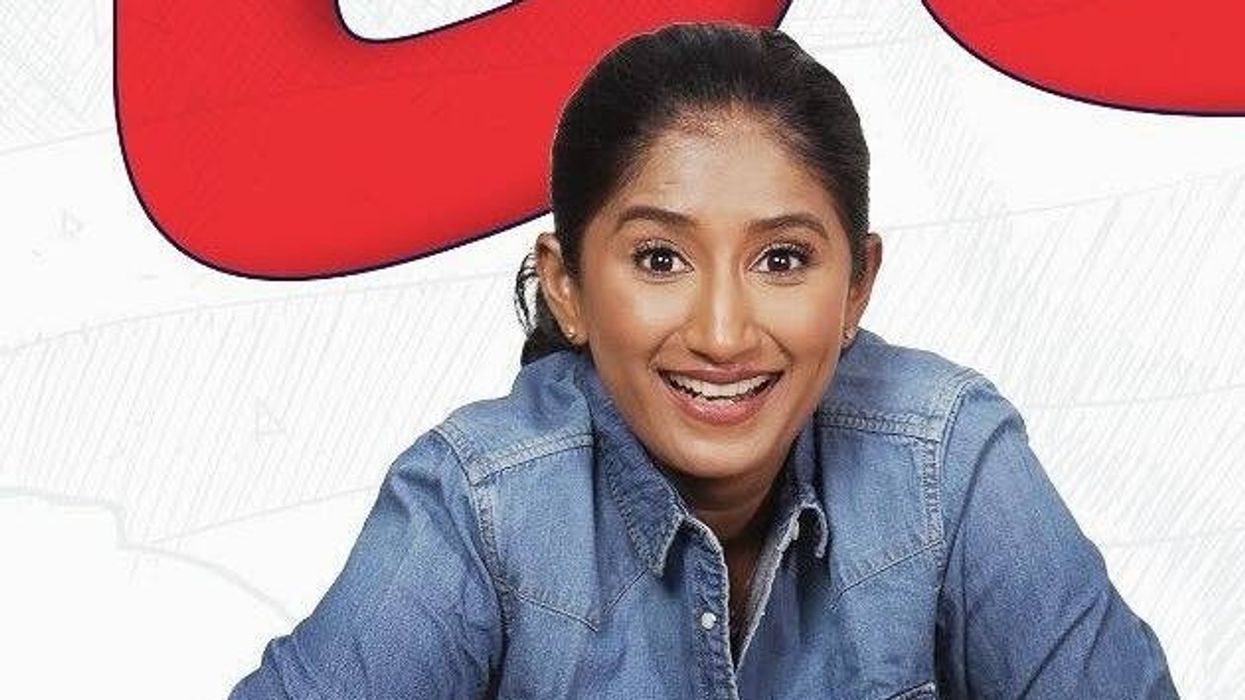
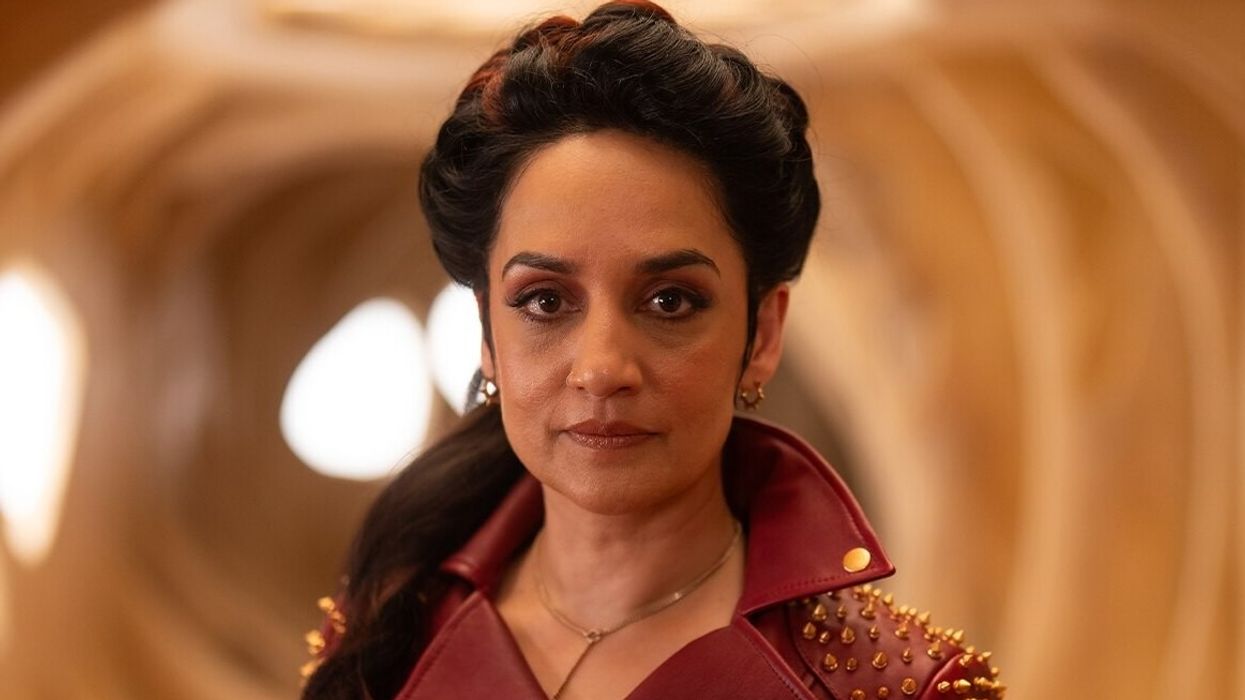

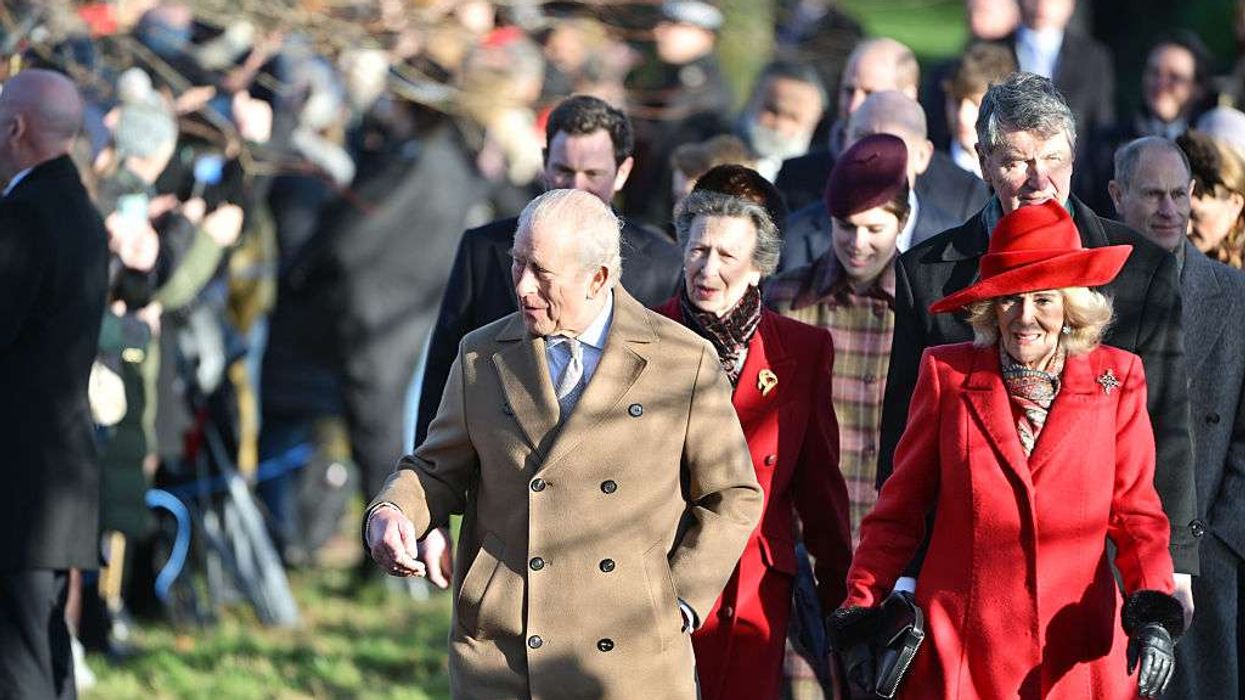
 Tanika Gupta
Tanika Gupta 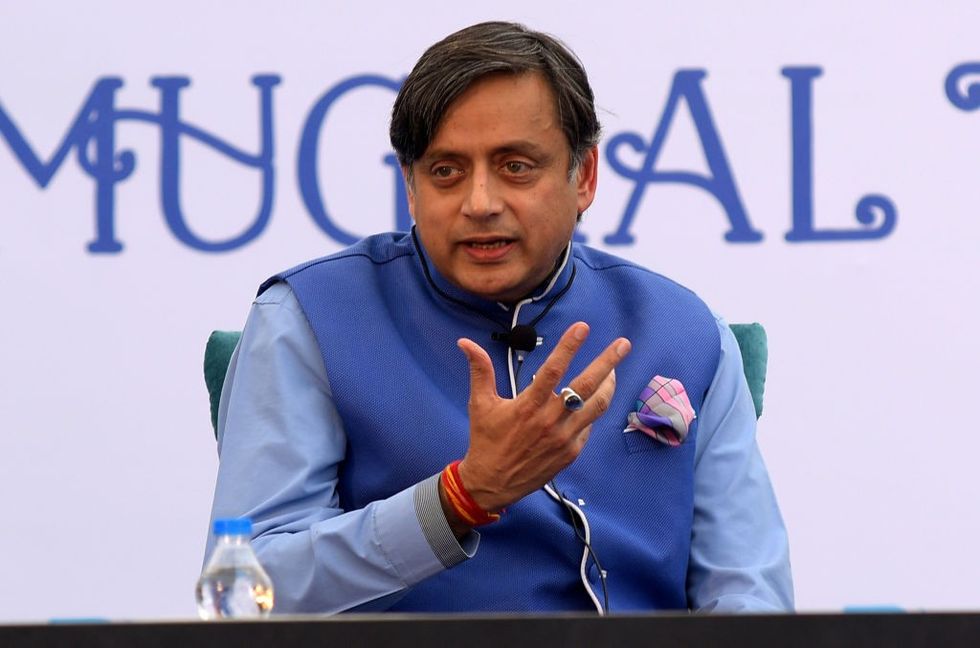 Shashi Tharoor AFP via Getty Images
Shashi Tharoor AFP via Getty Images 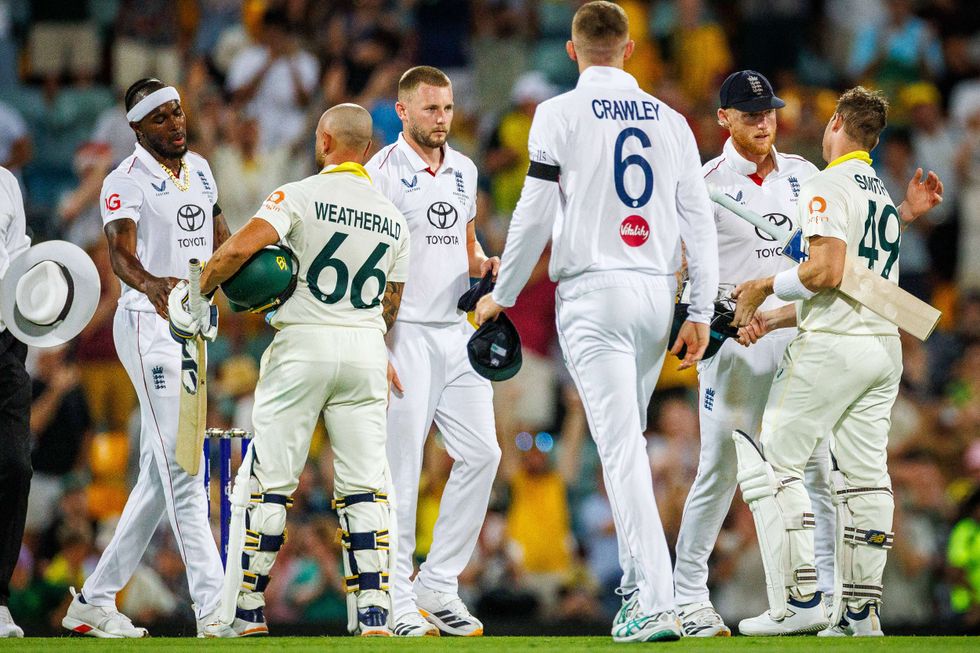 English cricket writers are distraught that in the current “Ashes” series against Australia down under Getty Images
English cricket writers are distraught that in the current “Ashes” series against Australia down under Getty Images 





